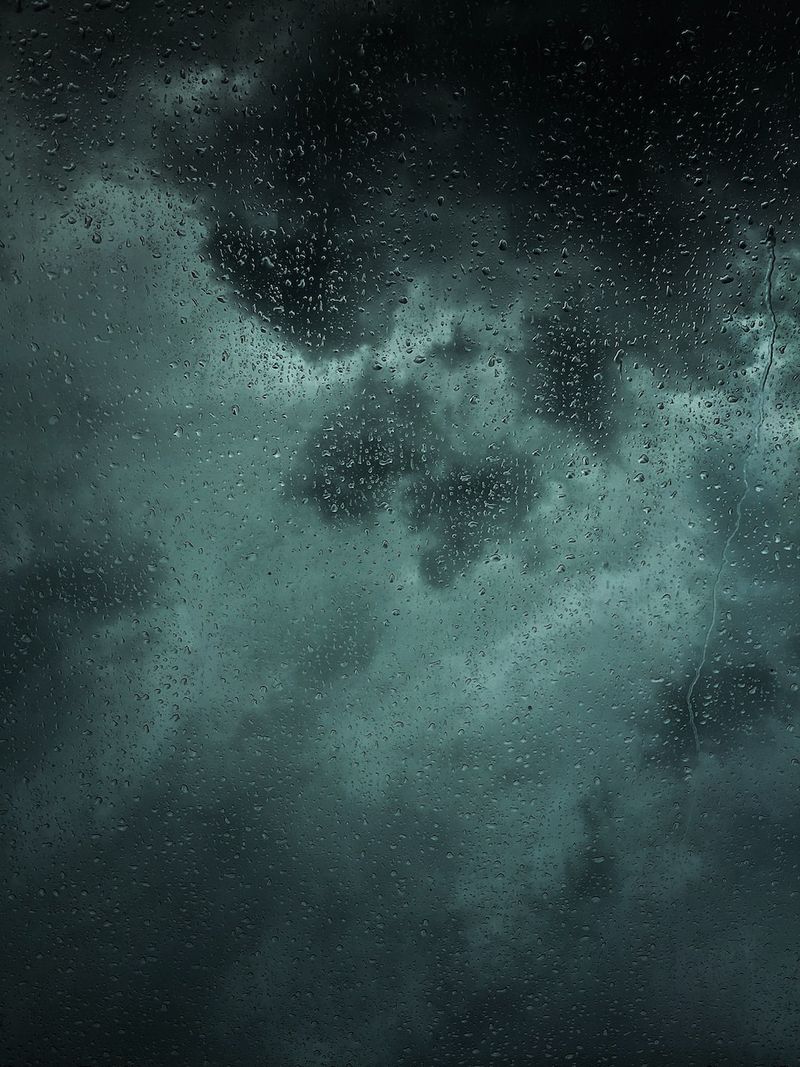Hawaii Governor Declares State of Emergency as Tropical Storm Calvin Approaches
Tropical Storm Calvin has intensified as it heads towards Hawaii‘s Big Island, prompting the Hawaii governor, Josh Green, to declare a state of emergency. This declaration comes as more than a million people on the island are bracing themselves for strong winds, heavy rain, and the potential for flash flooding and mudslides. The National Weather Service in Honolulu has issued a tropical storm warning, indicating that the storm could bring dangerous surf, damaging winds, and localized flooding.
Potential Impacts and Preparations
Tropical Storm Calvin is expected to pass south of Hawaii County, bringing with it the threat of flash flooding, dangerous surf, and damaging winds. The National Weather Service has forecasted rainfall between 4 and 8 inches, with some areas potentially receiving up to 10 inches of rain, particularly along the windward and southeast areas of the Big Island. The windward areas of Maui are also expected to see rainfall between 3 and 6 inches, while other parts of the state may experience 2 to 4 inches of rain.
In response to the approaching storm, Governor Green has ordered the closure of government offices on the Big Island, granting administrative leave to non-essential employees. This proactive measure aims to ensure the safety and well-being of government workers while minimizing the risk of anyone being left stranded or unable to access essential services.
Furthermore, the Governor’s declaration of a state of emergency enables the mobilization of resources, both state and federal, to assist in disaster response and recovery efforts. By taking preemptive action, the government seeks to mitigate the potential impacts of the storm and protect the lives and property of its residents.
Philosophical Discussion: Nature’s Power and Human Preparedness
Events such as Tropical Storm Calvin serve as a reminder of nature’s immense power and our vulnerability in the face of natural disasters. From hurricanes to earthquakes, wildfires to floods, humankind has always been subject to the forces of nature. Such events challenge our notions of control and highlight the significance of preparedness, resilience, and adaptability.
While it is impossible to prevent the occurrence of natural disasters, human actions can significantly influence the outcomes. Through advanced meteorological forecasting, early warning systems, emergency planning, and investments in infrastructures that can withstand extreme events, societies can reduce the potential for loss of life and property damage.
Natural disasters also test the strength of social bonds and the effectiveness of governance structures. In times of crisis, leaders must rise to the occasion, ensuring the swift mobilization of resources, effective communication, and coordination among agencies and stakeholders. The ability to respond efficiently and provide support to affected communities can have a profound impact on their resilience and recovery.
Editorial: Strengthening Preparedness and Building Resilience
As the threat of natural disasters becomes more pronounced with the changing climate, it is crucial that governments, communities, and individuals prioritize preparedness and build resilience. Investments in science-backed forecasting technologies, early warning systems, and disaster response capabilities are essential to protecting lives and property.
Furthermore, prioritizing climate change mitigation and adaptation measures is paramount. By reducing greenhouse gas emissions, societies can help mitigate the frequency and intensity of extreme weather events. Simultaneously, investing in climate resilience infrastructure, such as flood barriers and wildfire prevention measures, is crucial for minimizing the impacts of these events.
Community engagement and education also play a vital role in disaster preparedness. Individuals should be equipped with the knowledge and resources necessary to respond effectively during emergencies, including understanding evacuation procedures, assembling emergency supply kits, and developing communication plans.
Advice: Be Prepared and Stay Informed
In light of Tropical Storm Calvin’s approaching threat to Hawaii, it is imperative that residents take appropriate measures to ensure their safety and well-being. Here are some essential steps to follow:
- Stay informed: Monitor official sources of information, such as the National Weather Service and local authorities, for updates and advisories. Follow their guidance and instructions to stay safe.
- Prepare an emergency kit: Gather essential supplies, including non-perishable food items, water, batteries, flashlights, a first aid kit, and any necessary medications. Ensure you have enough supplies to sustain yourself and your family for several days.
- Secure your property: Clear your surroundings of debris or objects that could become projectiles in high winds. If necessary, consider boarding up windows or reinforcing doors to protect against strong winds.
- Have a communication plan: Establish a method of communication with family members and loved ones in case of separation during the storm. Designate a meeting place and share contact information in case of power outages or limited access to cellular networks.
- Follow evacuation orders: If authorities issue evacuation orders for your area, heed them promptly and ensure you have a safe route and destination in mind. Prepare your vehicle, if applicable, with emergency supplies and fuel.
Remember, preparedness is paramount in staying safe during natural disasters. By taking these precautions and staying informed, individuals can enhance their ability to weather the storm and emerge resilient on the other side.

<< photo by Valentin Müller >>
The image is for illustrative purposes only and does not depict the actual situation.
You might want to read !
- Alaska Earthquake: Rattling the Ground and Raising Tsunami Concerns
- A Shaking Wake-Up Call: Exploring the Implications of Alaska’s 7.2 Magnitude Earthquake
- The Devastating Impact of Hurricane Calvin on Island Communities: A Category 3 Storm Looms
- Editorial Exploration: Examining the Exciting Upgrades in the 2024 Chevy Traverse Z71 Model
Article Title: Unleashing the Spirit of Adventure: Exploring the All-New 2024 Chevy Traverse Z71 Model
- The Revolution of Safety: Exploring the 2024 Chevrolet Traverse’s Cutting-Edge Technologies
- Tsunami Warning Cancelled Following Alaskan Earthquake
- “Hitting the Jackpot: Exploring the Top 10 US Lottery Wins”
- Sheryl Crow vs. Jason Aldean: A Clash over Country Music’s Small Town Image
- Ford Lowers F-150 Lightning Price in Response to Elon Musk’s Commentary
- “Is the $720 Million Mega Millions Jackpot Worth the Hype?”
- The Destructive Path: Analyzing the Devastating Rabbit Fire Near Beaumont
- Netanyahu’s Hospital Release Raises Questions on Leadership Stability in Israel
- Rebounding Mortgage-Refinance Demand Signals Economic Recovery
- Isaiah Mobley’s Dominance Propels Cavs to NBA Summer League Championship
- “The Race for Electric Dominance: Ford’s Edge Amidst Growing EV Competition”
- “Behind the Flames: Understanding the Devastation of a Five-Alarm Fire and the Lessons from South Carolina”




